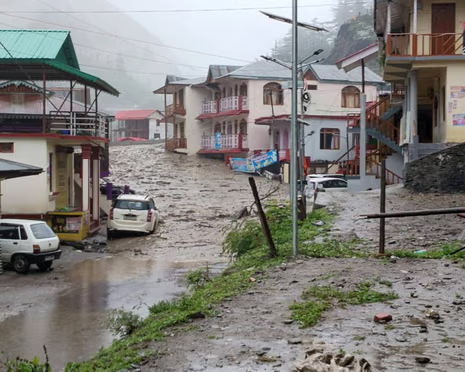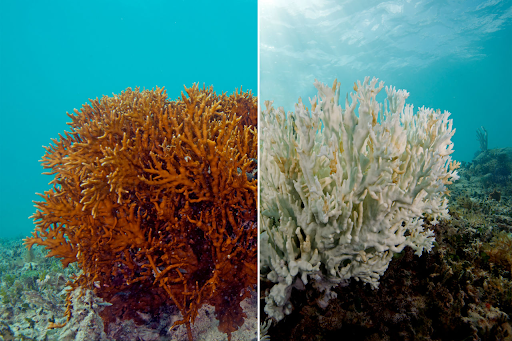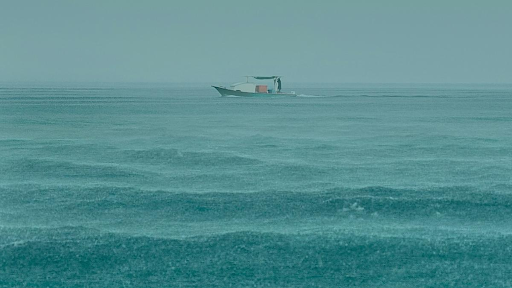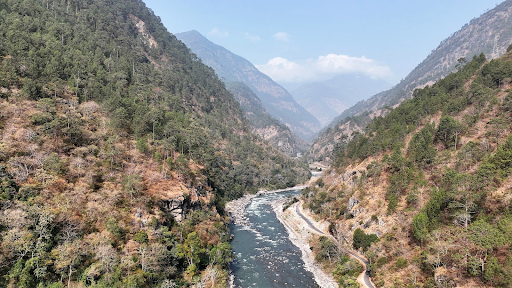Description
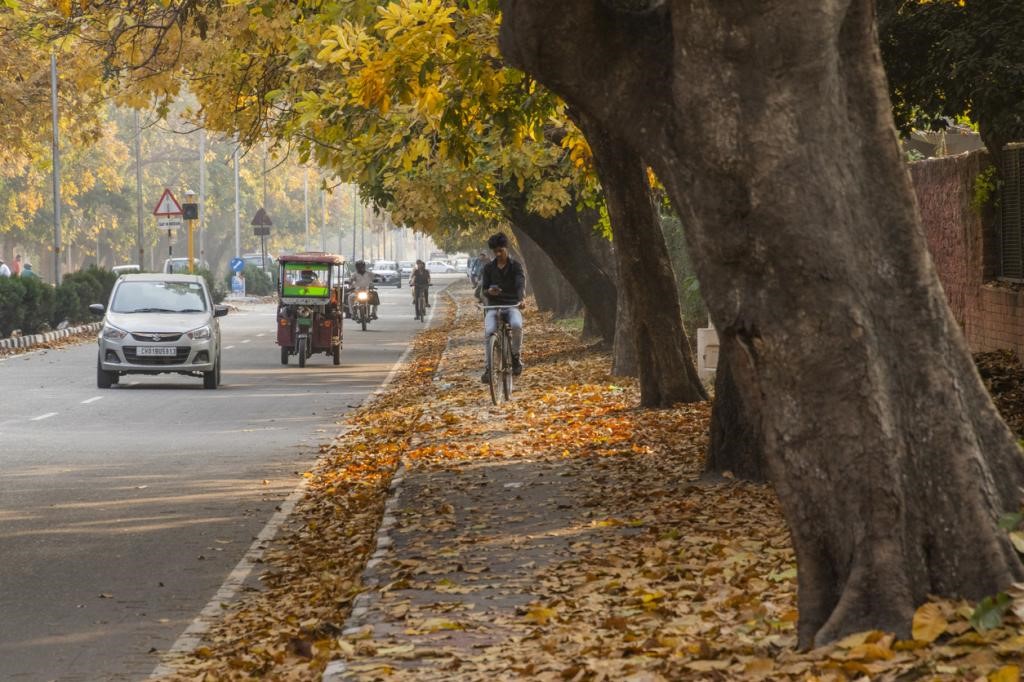
Disclaimer: Copyright infringement not intended.
Details
About
Transit Oriented Development (TOD)
- TOD mixes land use and transportation planning and strives to create planned sustainable urban growth centers with walkable and livable communes and high density mixed land-use.
Planning of TOD
- A TOD often consists of a core transportation stop (such as a train station, light rail station, or bus stop) surrounded by a high-density mixed-use area, with lower-density regions radiating out from this central point.
- A TOD is also often constructed to be more walkable than other built-up regions, with smaller block sizes and less acreage dedicated to autos.
Why TOD is needed?
- Factors such as rapid population growth, urbanization, migration to cities, and transportation congestion, among others.
- Higher quality of life with nicer locations to live, work, and play, greater mobility with ease of movement, less traffic congestion, car accidents and injuries, lower household transportation spending, resulting in more affordable housing, and so on.
India's TOD and Policy Initiatives: It is supported by three pillars:
Enable Transformation (From Private to Public Transportation):
- To assist communities in transitioning from a reliance on private vehicles to a focus on public transportation.
Accessible Public Transportation (Promote Green Mobility):
- To increase the use of public transportation by making it more accessible, to promote green mobility by encouraging people to walk and cycle, and to reduce pollution and other negative effects of motorization.
Compact Walkable Communities:
- To develop compact and walkable communities those are livable and

TOD Policy Objectives:
- Public Transportation: To encourage the use of public transportation and the reduction of privately owned vehicles in the influence area by constructing high density zones, this would raise the share of transit and pedestrian trips while also reducing pollution and congestion in the influence region.
- Travel Reduction: To provide all of the essential needs of work/job, shopping, public services, and entertainment in the impact zone through mixed land-use development, hence reducing the need for travel.
- Road Network: To provide a dense road network within the development region to allow for safe and easy mobility.
- Inclusivity: To create inclusive habitat in the influence area so that individuals who rely on public transportation can live in livable communities that are within walking distance of transit stations.
- To incorporate Economically Weaker Sections (EWS) and affordable housing in the influence zone by providing a specified proportion of built-up area for them in the total housing supply.
- Safety to Vulnerable Section: To ensure development of a safe society with special attention to safety of women, children, senior citizens and differently abled by making necessary amendments to the building bye laws.
- Planned Urbanization: To minimize urban sprawl by housing the rising population in a compact region with access to a transit corridor, this would also consolidate investments and reduce the cost of development infrastructure.
- Climate Friendly: Reduce carbon footprints by transitioning to ecologically friendly travel options for both line haul and access & egress excursions.
PRACTICE QUESTION
- Transit-oriented development is an important step toward a more liveable future. Discuss
https://www.downtoearth.org.in/news/governance/transit-oriented-development-is-a-step-towards-a-more-liveable-tomorrow-91780
http://www.tod.org/









